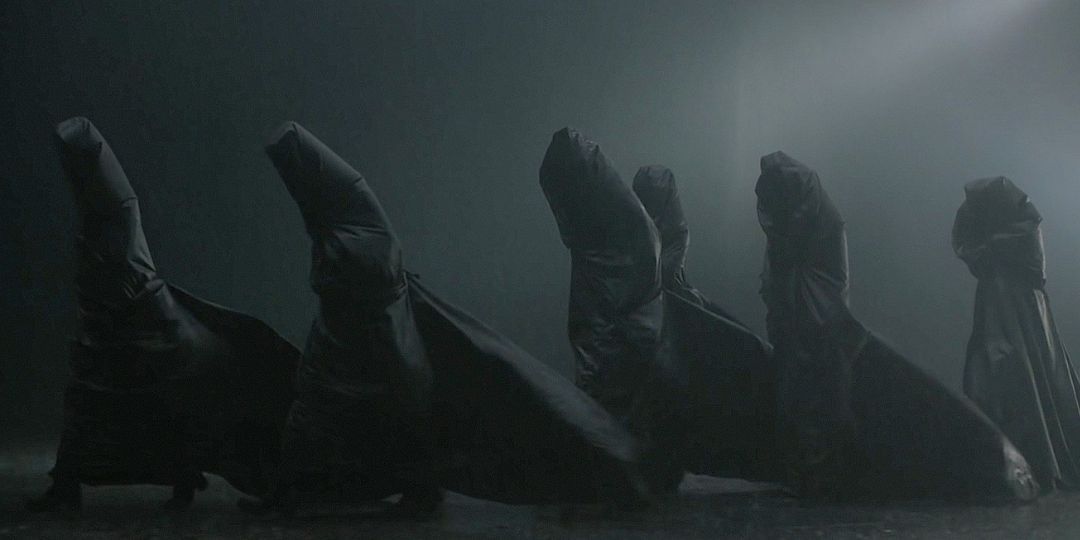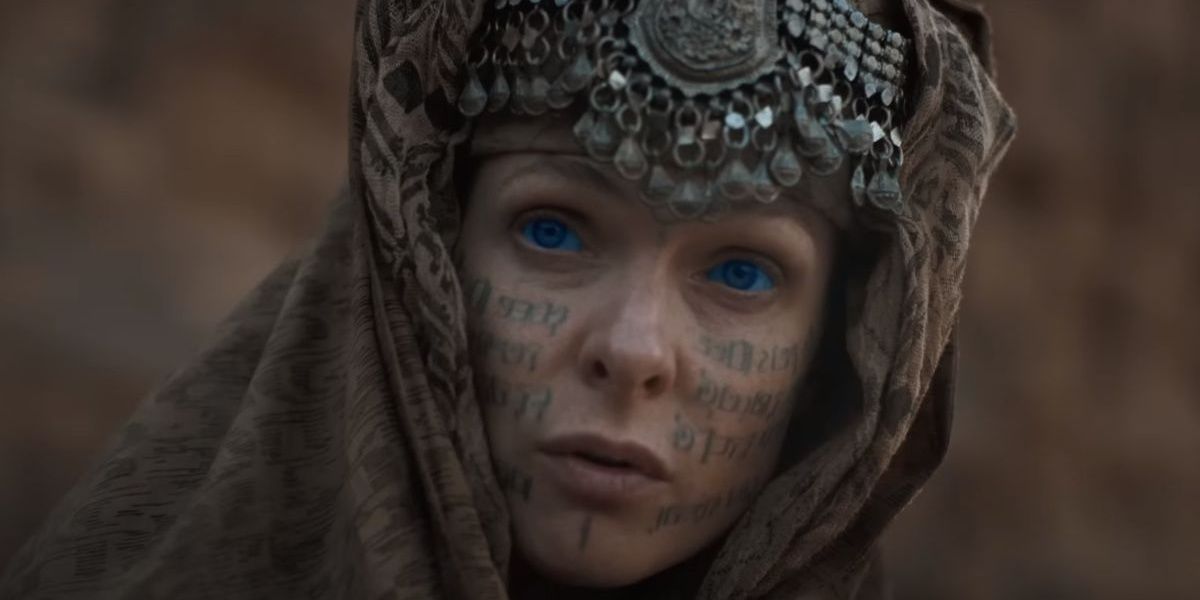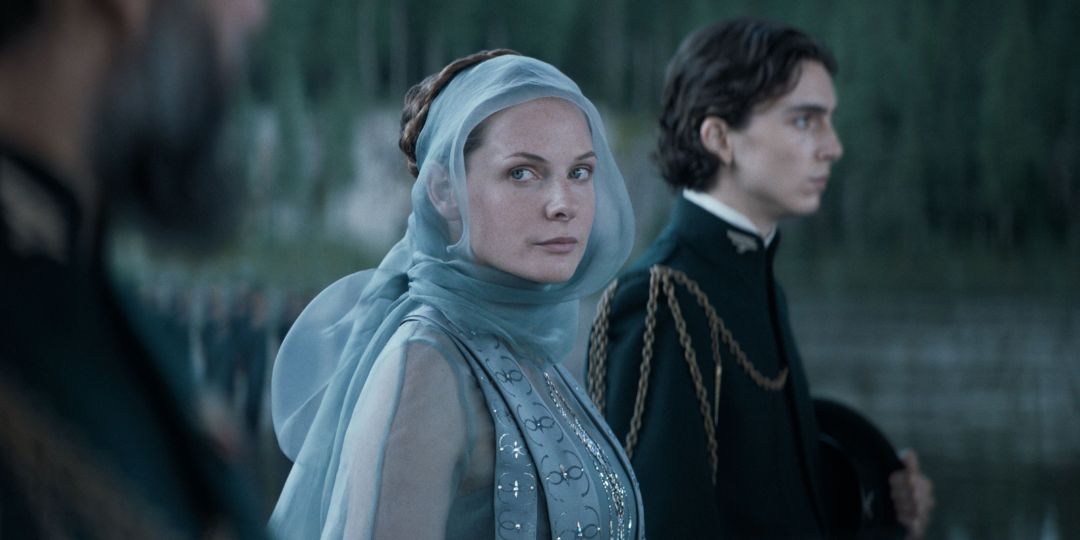
The Exciting World of Dune's Sisterhood Unveiled

Unveiling the enigmatic origins and presence of The Sisterhood in the vast universe of Dune, a potent force that transcends religion and wields unimaginable power
Religion plays a crucial role in Frank Herbert's Dune, which sets it apart from many other science fiction works. While other authors often envision a future without religious fervor thanks to societal advancements, Herbert takes a different approach. He believes that humanity's inherent fanaticism is necessary for their progress and survival, even in an interstellar setting. This is demonstrated through his creation of the secretive religious order known as the Bene Gesserit, whose hidden beliefs ultimately lead to disastrous consequences for humankind.
Denis Villeneuve's adaptation of Dune has introduced the story to a whole new audience, sparking excitement among fans. The novel, which was previously considered difficult to adapt, has finally found its footing with the 2021 film. Fans eagerly anticipate the release of the sequel and prequel. Despite some issues in the production of Dune: The Sisterhood, a lesser-known chapter of the story, it is still set to premiere on Max.
How was The Sisterhood formed?
The history of the Bene Gesserit remains a mystery, as the original Dune barely delves into their story. However, later prequels shed light on the origins. The formation of the Sisterhood is closely linked to the Butlerian Jihad, where sorceresses with extraordinary telekinetic abilities aided humans in the war against thinking machines. These sorceresses, despite being born on the harsh planet of Rossak with its toxic atmosphere and frequent volcanic eruptions, possessed unique resilience that allowed them to survive and develop telekinetic powers.
Sorceresses played a vital role in humanity's victory against the machines. Following the war, they united to discuss the dreadful atrocities they had witnessed, laying the groundwork for what would eventually become the Sisterhood. The inaugural member, Raquella Berto-Anirul, lived more than 10,000 years prior to the events of Dune. Unlike her sorceress counterparts, Raquella was a doctor who, along with her husband, established the Humanities Medical Commission. Her mission took her across the universe to combat a genetically engineered virus, the final remnant of the thinking machines that posed a threat to humanity's existence. Interestingly, Raquella contracts the virus but miraculously recovers upon exposure to the healing water of Rossak. This unexpected recovery deeply infuriates the head sorceress, who fears Raquella may seize her power. In an attempt to eliminate her, the sorceress poisons Raquella, only to be astonished by her survival.
Where does the Sisterhood appear in Dune?
Unbeknownst to her, Raquella possesses an innate ability to transform the toxic substances within her body into a harmless compound. This initial iteration of the Spice Agony marks the rite of passage for sisters aspiring to become Reverend Mothers. As she delves deeper into her capabilities, Raquella unveils newfound powers. She gains access to the memories of her long-deceased female ancestors, acquiring their life experiences and molding her own character. Additionally, she discovers her ability to manipulate the actions of others through her speech, eventually recognized as the Voice. Raquella becomes aware of the Sorceresses' preference for selective breeding programs. Over time, she assumes leadership of the Rossak Sorceresses. By merging advancements in modern medical science with the principles upheld by her companions, she establishes the Bene Gesserit school of thought.
The control exerted by the Bene Gesserit spans across the galaxy, making them one of the three dominant forces in the Dune universe. Their influence on the narrative surrounding Paul Atreides is notably significant. Jessica, Paul's mother, actively participates in the Sisterhood's selective breeding initiative. Their objective is to unite noble families through marriage and produce the first male Reverend Mother. Jessica Atreides is assigned the task of bearing a daughter who will be wed to a member of the Harkonnen lineage, thus giving birth to the Kwisatz Haderach. However, against expectations, Jessica gives birth to a son, Paul Atreides. Paul goes on to fulfill the prophecy, successfully undergoing Reverend Mother Gaius Helen Mohiam's grueling test, experiencing visionary dreams, and ultimately subjecting himself to the transformative Spice Agony. As the sole surviving male, Paul Atreides becomes the manifestation of the Sisterhood's long-standing endeavors, and his eventual reign becomes the well-deserved culmination of their efforts.
What is Dune: The Sisterhood based on?
Dune fans who only read the original 1965 novel will discover many surprises in The Sisterhood. The Max series will primarily adapt Sisterhood of Dune, a prequel from 2012 written by Frank's eldest son, Kevin J. Anderson, and Brian Herbert. This novel explores the beginnings of the Bene Gesserit, Mentat, and Suk schools in the aftermath of the Butlerian Jihad. The show will revolve around Valya Harkonnen, the second Reverend Mother Superior of the faith, offering fans a glimpse into the early days of the Sisterhood and the ongoing feud between House Atreides and House Harkonnen.
Dune: The Sisterhood will delve into material that most Dune fans have likely never explored before. By expanding the franchise in this modern adaptation, it will bring added depth and richness. Fans can anticipate this rare opportunity to explore the origins of the expansive Dune universe. When it finally reaches the small screen, Dune: The Sisterhood has the potential to become one of the most captivating and distinctive sci-fi series of its time.
















